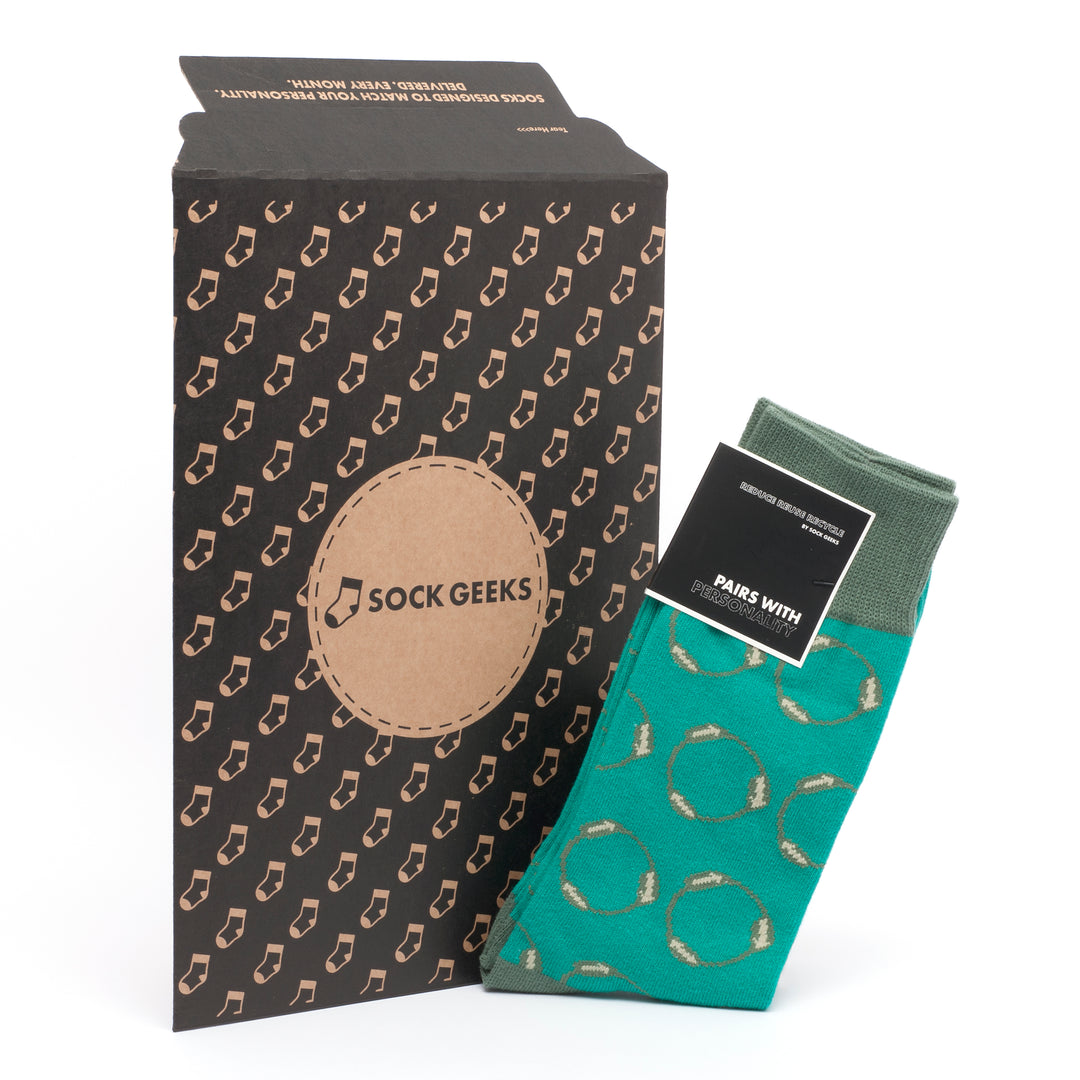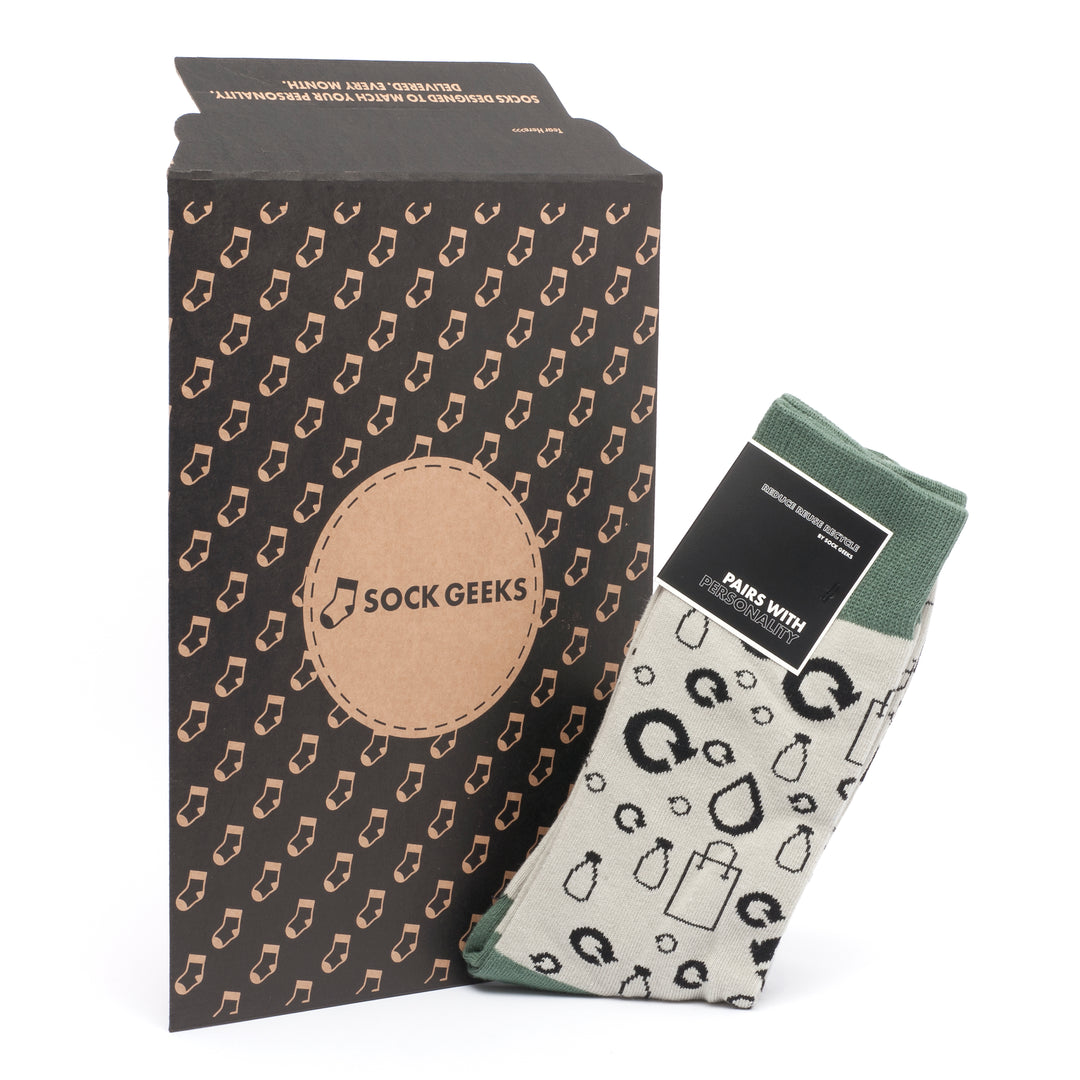How to Get the Most Miles Out of Your Running Shoes
Assess Mileage
Evaluate your weekly mileage to gauge when to replace old running shoes. Higher mileage means quicker shoe degradation.
Consider your weight and running style, as they can influence the lifespan of your running shoes. Heavier runners or those with a more aggressive running style might wear out their shoes faster, especially if they log many miles in the same pair.
Terrain Consideration
Factor in the type of terrain you run on when determining the longevity of your running shoes. Different surfaces, such as road, trail, or track, impact the wear and tear of your footwear.
- Pros:
- Optimal performance and comfort.
- Reduced risk of injuries from worn-out shoes.
- Cons:
- Frequent replacements can be costly.
- Overestimating shoe life may lead to discomfort and potential injuries.
Replacement Frequency
Assessing these factors will help you decide when it's time to replace your running shoes. By being mindful of these variables, you can maximise the run life of your footwear.
Signs Your Shoes Are Worn
Inspect Soles
Check your shoe soles for uneven patterns or reduced cushioning to determine if they are worn out. Over time, the soles lose their grip and shock absorption capabilities, affecting your running performance.
Monitor Aches and Pains
Pay attention to any recurring aches or pains in your feet, legs, or joints during or after runs. These discomforts could be a sign that your shoes are no longer providing adequate support and cushioning.
Perform Physical Tests
Conduct a Twist Test by holding the shoe at both ends and twisting it. If the shoe twists easily or you notice excessive bending, it's a clear indication that the structural integrity of the shoe has been compromised.
- Pros:
- Helps prevent injuries by replacing worn-out shoes promptly.
- Ensures optimal performance and comfort during runs.
- Cons:
- Regularly purchasing new shoes can be costly.
- Finding the right replacement pair may take time and effort.
Tips to Extend Shoe Life
Shoe Materials
When it comes to extending the life of your running shoes, it's crucial to consider the shoe materials. Opt for high-quality materials like durable rubber soles and breathable mesh uppers. These materials not only enhance comfort but also increase the longevity of your shoes.
Lacing Techniques
Experimenting with different lacing techniques can significantly impact the wear and tear on your shoes. By adjusting the tightness and pattern of your laces, you can reduce stress on specific areas of the shoe, preventing premature damage. This simple adjustment can help maintain the structural integrity of your shoes over time.
Rotating Between Pairs
To maximise the life of your running shoes, consider rotating between multiple pairs. This practice allows each pair to recover fully between runs, extending their overall lifespan. Rotating between different types of shoes can help prevent overuse injuries by providing varying levels of support and cushioning.
Proper Care for Running Shoes
Clean Shoes
To maintain the longevity of your running shoes, clean them regularly by removing debris and washing with mild soap. This simple practice helps preserve the condition of your shoes, ensuring they last longer.
Store Properly
Storing your training shoes in a cool, dry place is crucial to prevent damage from moisture and heat. By keeping them in optimal conditions, you can extend the lifespan of your shoes and maintain their performance.
Use Appropriate Socks
Choosing the right socks is essential for protecting the inner lining of your athletic shoes and enhancing overall shoe longevity. Opt for perfect running socks that provide adequate cushioning and support, complementing your footwear for a comfortable and durable running experience.
Tracking Mileage on Running Shoes
Log Runs
When tracking mileage on your running shoes, use a running app or journal to record each run's distance. This practice helps you monitor the wear and tear on your shoes accurately.
Set Reminders
To ensure you get the most out of your road running shoes or trail shoes, set reminders to inspect them based on accumulated mileage. By checking their condition regularly, you can replace them at the right time.
Create Visual Chart
Visual aids are effective in monitoring your shoe's lifespan. Create a chart that compares the mileage of different pairs. This way, you can identify which shoes last longer based on your running habits.
- Pros:
- Helps in tracking shoe usage accurately.
- Allows for timely replacement, preventing injuries.
- Cons:
- Requires consistent logging of runs.
- May need extra effort to maintain detailed records.
Closing Thoughts
Your running shoes are essential tools in your fitness journey. Knowing when to replace them, recognising signs of wear, and following tips to extend their lifespan are crucial. Proper care and tracking mileage will ensure you get the most out of your investment.
Take action now - inspect your shoes, implement maintenance routines, and keep track of your mileage. Your dedication to maintaining your running shoes will not only enhance their longevity but also improve your performance and prevent injuries. Stay proactive, and make the most of every mile in your trusted running companions.
Frequently Asked Questions
When should I replace my running shoes?
It's recommended to replace your running shoes every 300-500 miles. Signs of wear include worn-out treads, loss of cushioning, or discomfort during runs. Regularly checking your shoes for these signs helps prevent injuries and ensures optimal performance.
How can I tell if my running shoes are worn out?
Look for visible signs like worn-out treads, creasing midsole, or uneven wear patterns. Pay attention to any discomfort or pain while running, as it could indicate that your shoes are no longer providing adequate support. Regularly inspecting your shoes helps in timely replacement.
What are some tips to extend the life of my running shoes?
Rotate between multiple pairs of shoes, keep them clean and dry after runs, store them in a well-ventilated area, avoid using them for activities other than running, and replace worn-out insoles regularly. Proper care and maintenance help prolong the lifespan of your running shoes.
How should I care for my running shoes?
Clean your shoes by hand with mild soap and water, remove the insoles to air out, avoid putting them in the washing machine or dryer, and stuff them with paper to maintain shape when not in use. Proper care preserves the integrity and performance of your running shoes.
Why is tracking mileage on my running shoes important?
Tracking mileage helps you know when to replace your shoes, prevent injuries from worn-out footwear, and monitor the performance of different shoe models. By keeping a record of the distance covered in each pair, you can optimise comfort, support, and durability while running.




















Leave a comment